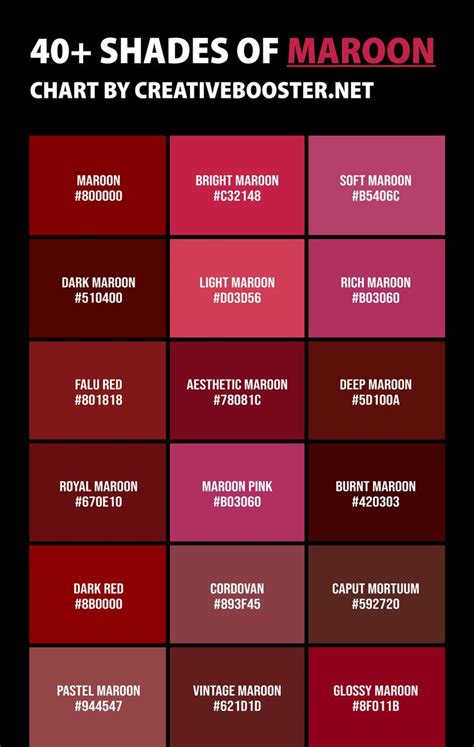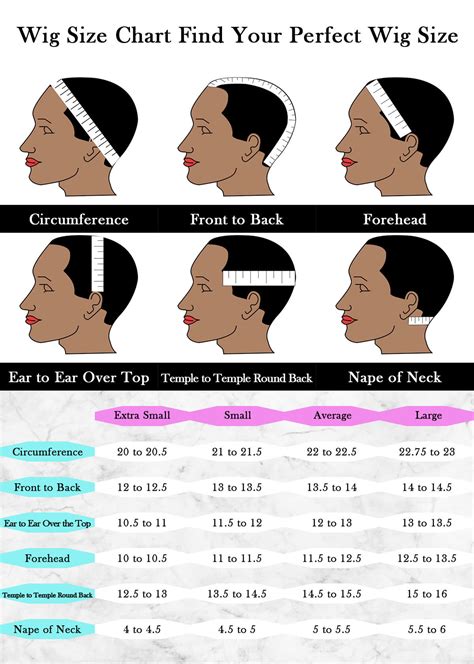Introduction
Wigs have become an increasingly popular way to change up one’s appearance, try new hairstyles, and cover up hair loss. However, finding a wig that fits properly can be a challenge, especially for those with small heads. This guide will provide comprehensive information on wigs for small heads, including different types, sizing, and tips for finding the perfect fit.

Sizing Small Head Wigs
The head circumference is the most important measurement when determining the right wig size. To measure your head circumference, use a flexible measuring tape and wrap it around the widest part of your head, just above the eyebrows. The average head circumference for women is 22-22.5 inches, while for men it is 22.5-23 inches.
Wigs specifically designed for small heads are often labeled as “petite” or “extra small.” These wigs typically have a cap size of 21-21.5 inches, which is smaller than the average wig cap size.
Adjustable wigs feature straps or hooks that allow you to customize the fit. This makes them a good option for those who are not sure of their exact head circumference or who want the flexibility to adjust the fit as needed.
Types of Wigs for Small Heads
There are various types of wigs available for small heads, including:
Lace wigs are made with a thin, sheer material that mimics the scalp. They come in different types, including:
- Full Lace Wigs: Lace covers the entire cap, creating a natural-looking hairline.
- Lace Front Wigs: Lace only covers the front of the cap, providing a more affordable option while still offering a realistic hairline.
Machine-made wigs are constructed using a sewing machine. They are typically more durable and affordable than hand-tied wigs.
Hand-tied wigs are made by hand, knotting individual hairs onto a cap. This creates a more natural-looking appearance and allows for greater flexibility in styling.
Tips for Finding the Perfect Fit
Follow the instructions above to ensure an accurate head circumference measurement. Do not estimate or guess your size.
Wigs with shorter styles or less density will generally be lighter and more comfortable for smaller heads.
Wig grips or adhesives can provide extra security and prevent the wig from slipping or moving.
If you are unsure about your wig size or need guidance on finding the perfect fit, consult a hairstylist or wig expert.
Resources for Small Head Wigs
- American Hair Loss Association: https://www.americanhairloss.org/
- National Alopecia Areata Foundation: https://www.naaf.org/
- Hair Club for Men: https://www.hairclub.com/
Innovative Applications of Small Head Wigs
Beyond their traditional uses, wigs for small heads can also find applications in:
- Cosplay: Creating realistic and detailed character costumes.
- Film and Theater: Enhancing performances with authentic period hairstyles.
- Fashion Shows: Showcasing unique and innovative hair designs.
Conclusion
Finding the right wig for a small head requires careful consideration and attention to detail. By following the guidelines and tips outlined in this guide, you can confidently select a wig that fits comfortably and enhances your appearance.
